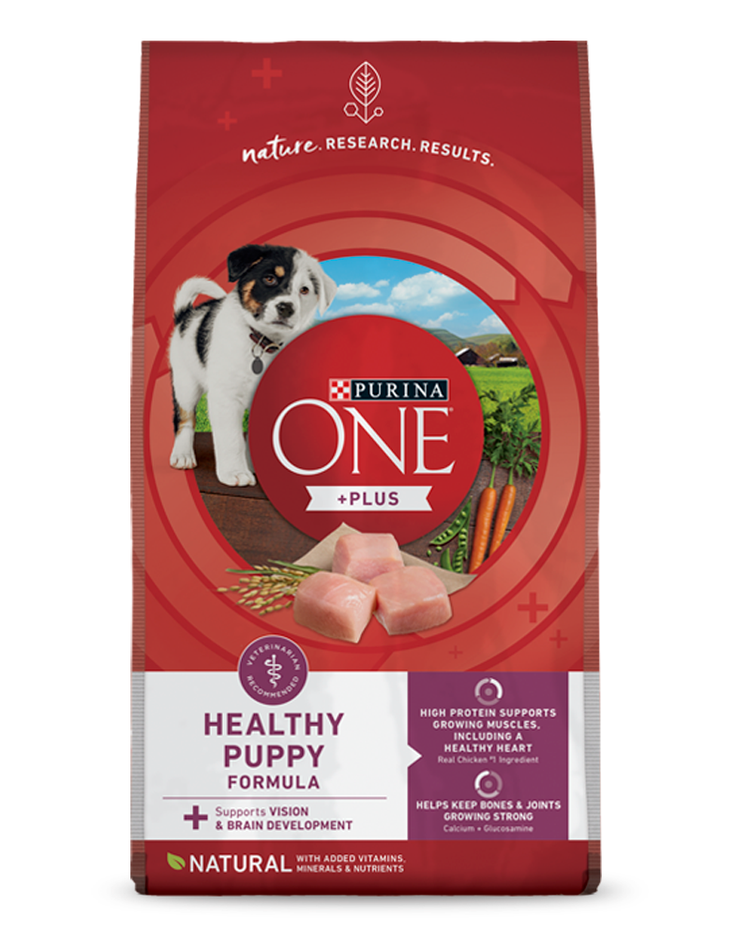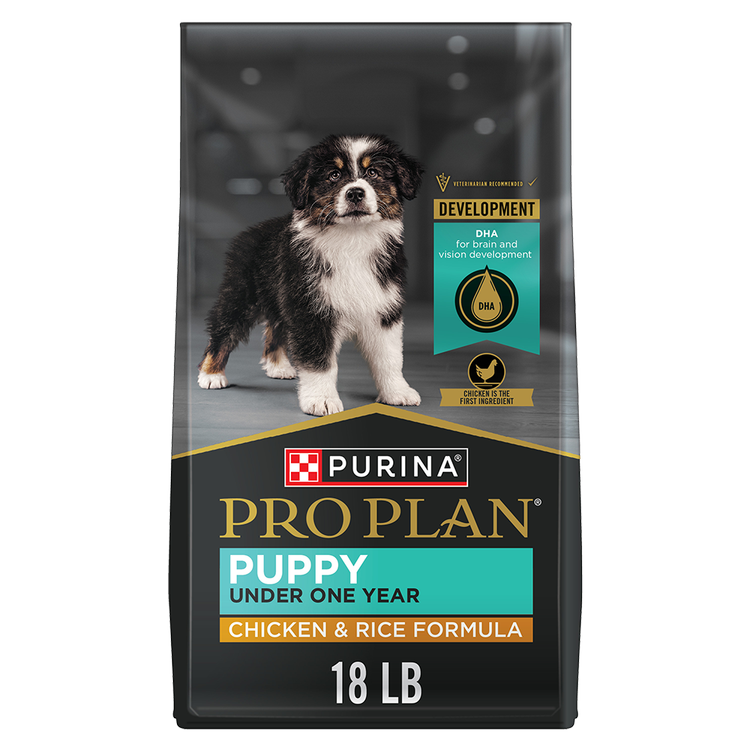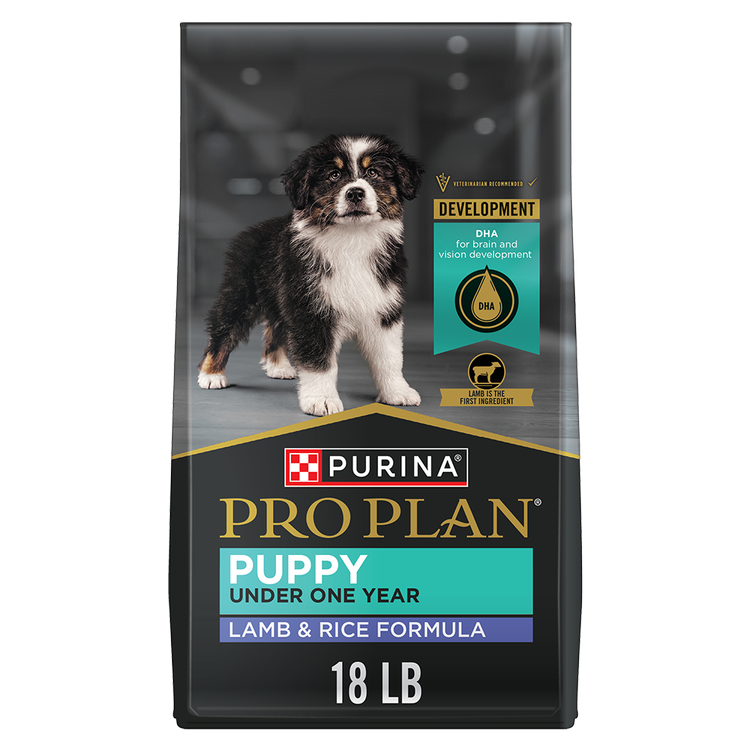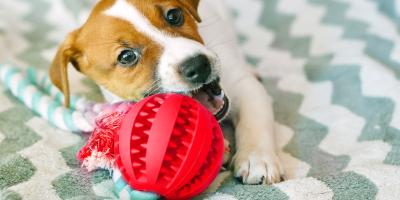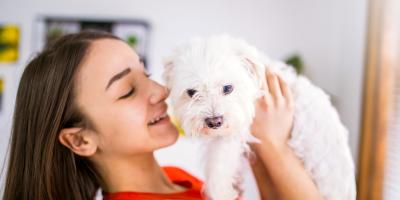Feeding Puppies: Everything You Need to Know


Getting a puppy is an exciting life event, one filled with questions about their care. One of the most common themes for questions involves feeding: how to feed a puppy – how much food to feed a puppy. Owners wondering how to feed a puppy a healthy, regular meal ask, What is the best ways to make sure he gets off to a healthy start? Complete and balanced nutrition is critical to your puppy’s development. Whether you’re looking for a new puppy food or you want to learn more about how and when you should be feeding your new family member, here are some things you need to know about feeding a puppy.
What Should You Be Feeding Your Puppy?
Because your puppy is still growing and developing, he has different nutritional needs than an adult dog. Look for a puppy food that’s formulated specifically for growth and development, and contains essential nutrients like high-quality protein (to support strong muscles), minerals like calcium and phosphorus (to support growing bones and teeth), and DHA (an Omega-3 fatty acid found in mother’s milk that helps nourish vision and brain development).
You should also take into account your puppy’s breed size: A small breed puppy matures at a faster rate and has different needs compared to a large or giant breed puppy. You may want to look for a puppy food with small, bite-sized kibbles for your small puppy or a formula made with natural sources of glucosamine for your large breed puppy.
How Much Food Should You Be Feeding Your Puppy?
It’s important not to overfeed your growing puppy, especially a large or giant breed puppy, and to keep him at his ideal body condition to help prevent future health problems related to obesity. When you’re figuring out how much you should be feeding your puppy, refer to the feeding instructions on the bag of food. The feeding instructions should have recommendations for how much food to feed a puppy, as well as how to increase his food as he grows and develops. (Keep in mind that feeding instructions on the bag are merely recommendations. Your puppy’s body condition should be the ultimate barometer for how much to feed.)
How Often Should You Be Feeding Your Puppy?
Once your puppy is weaned, you should establish a feeding schedule to help get him used to regular meals. Not only does feeding your puppy on a schedule help with training him, but it can also help regulate your puppy’s digestive system and help you predict when he’ll need to go outside. If your puppy is less than six months old, you should feed him three scheduled meals a day. When he turns six months old, you can feed him twice daily: once in the morning and once in the evening. Once your puppy reaches adulthood, you can choose to feed him once or twice a day, whichever is convenient for you.
When Should I Switch My Puppy to an Adult Food?
You should start feeding your puppy an adult food once he reaches maturity. Most puppies, including large breed puppies, reach maturity when they are about one year old. However, some toy breeds are considered to be adult at nine months of age, while giant breed puppies may take up to 24 months.
Feeding puppies a high-quality, complete and balanced puppy food is one of the best things you can do to make sure he gets off to a healthy start. Looking for a puppy food? Use our product selector to find the right puppy food for your dog.
Have more specific questions on how to feed a puppy or how much food to feed a puppy? Consult your veterinarian to get their expert advice.
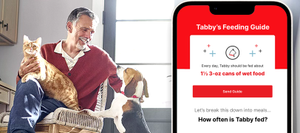
How Much Food Is Right for Your Pet?
Get a personalized feeding guide for your dog or cat from Purina’s nutrition experts.

